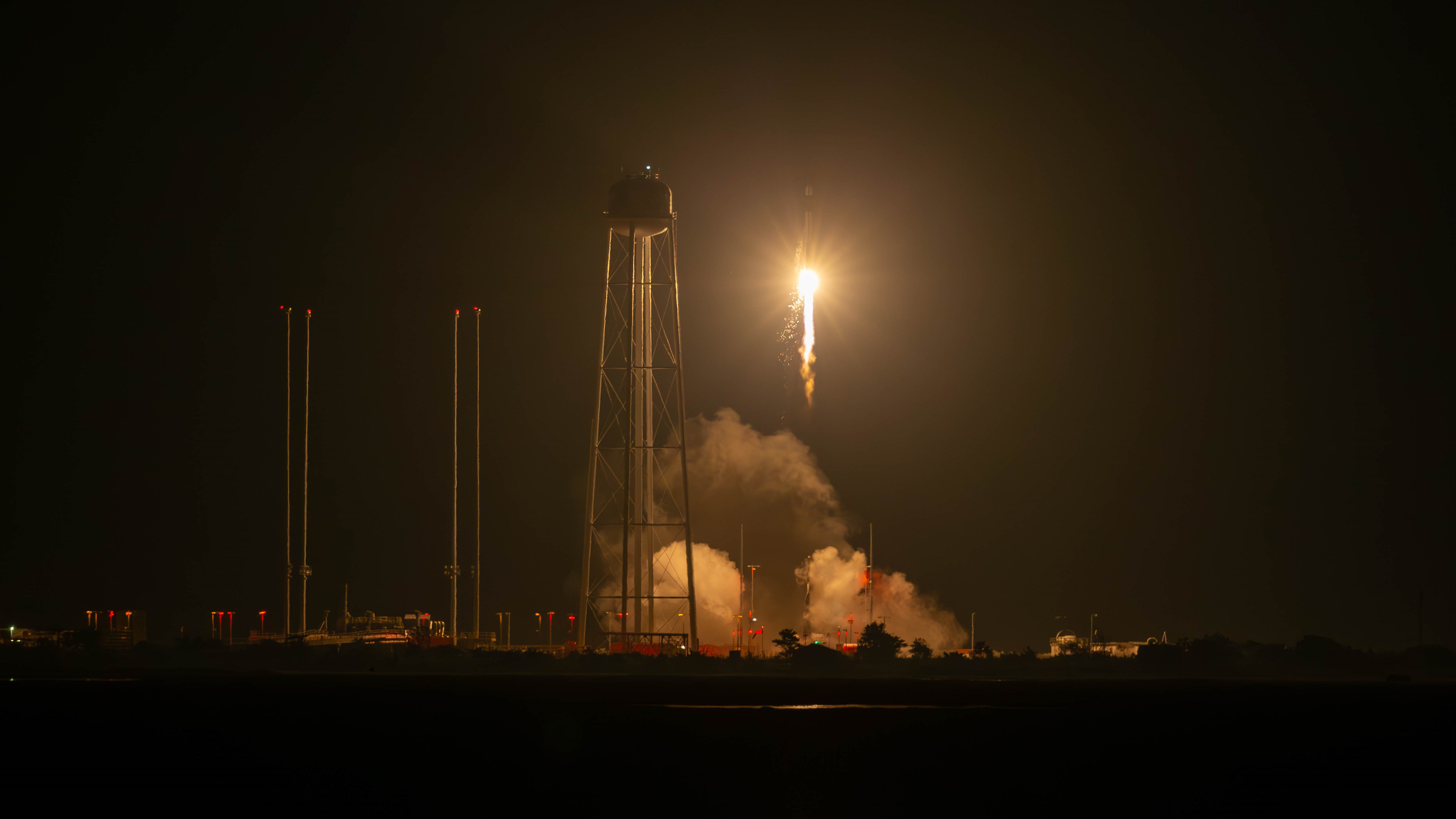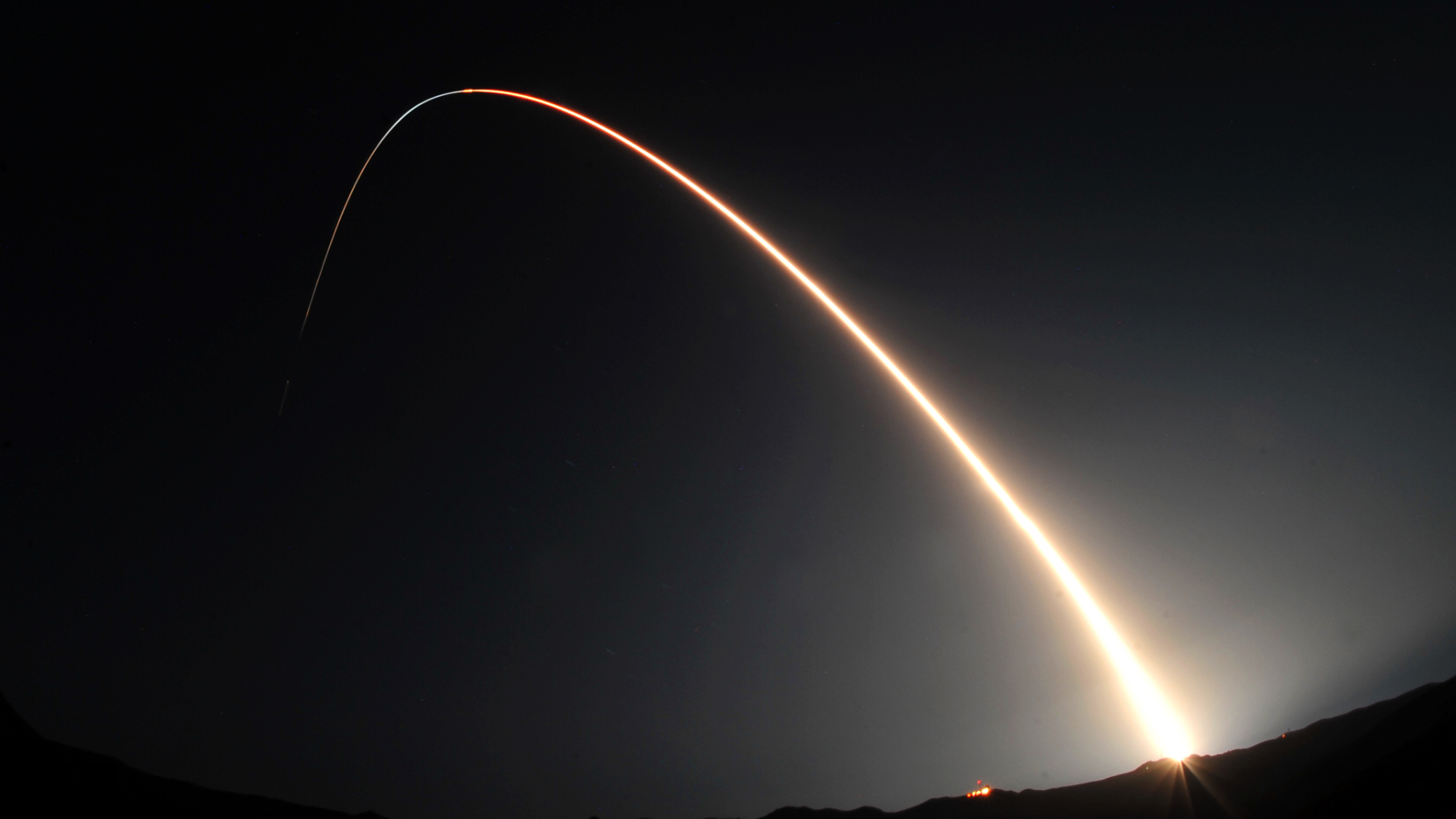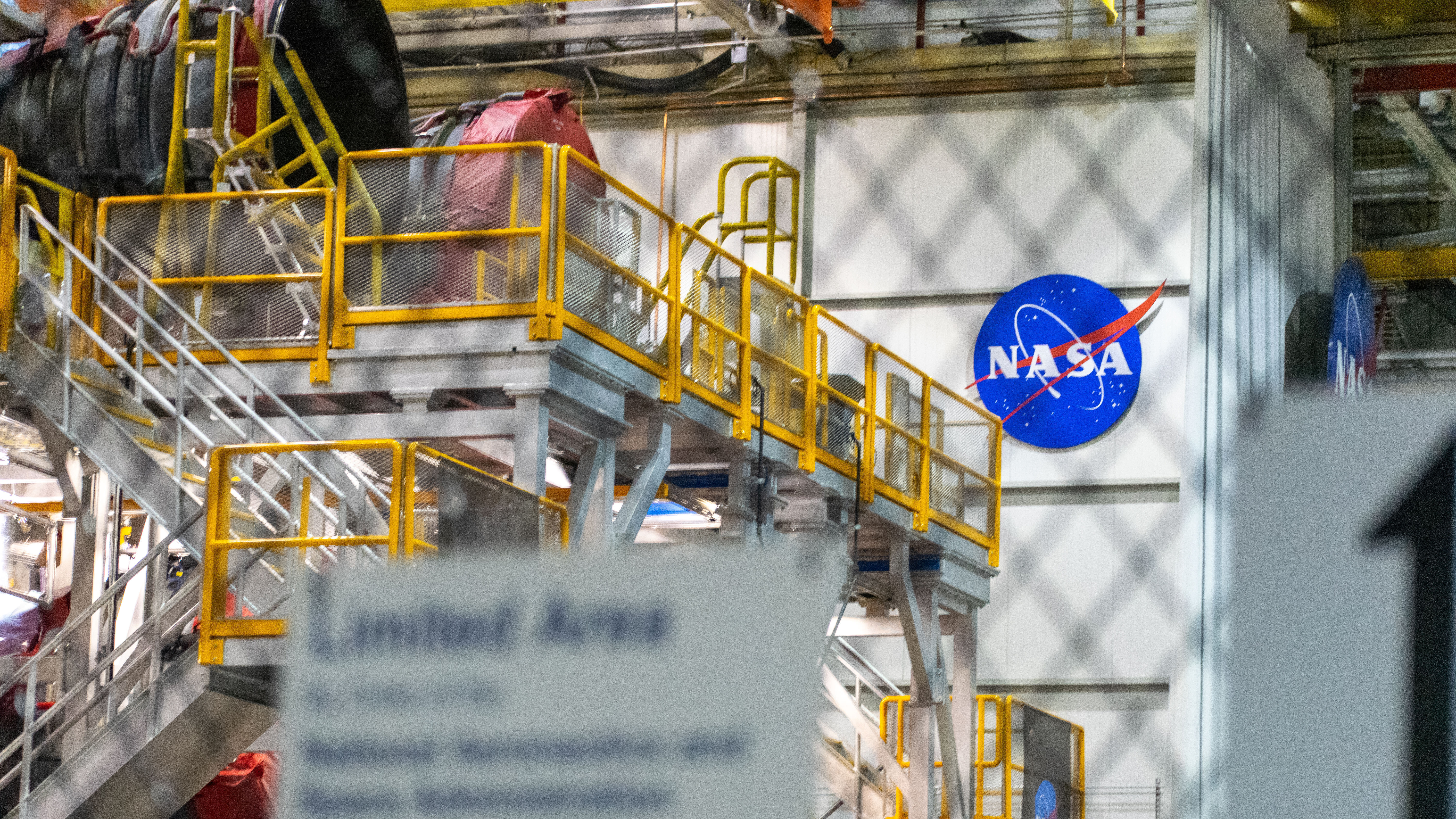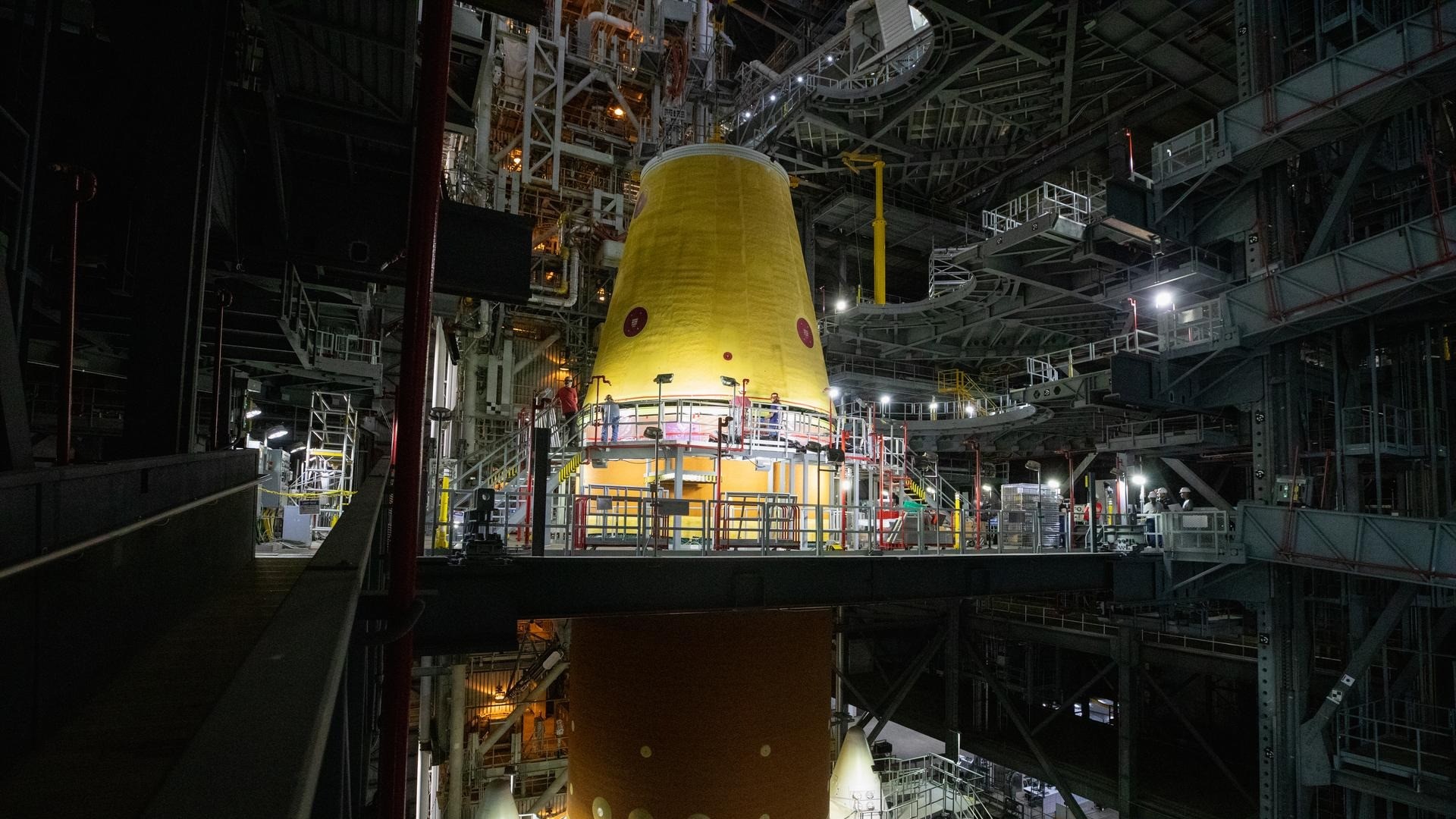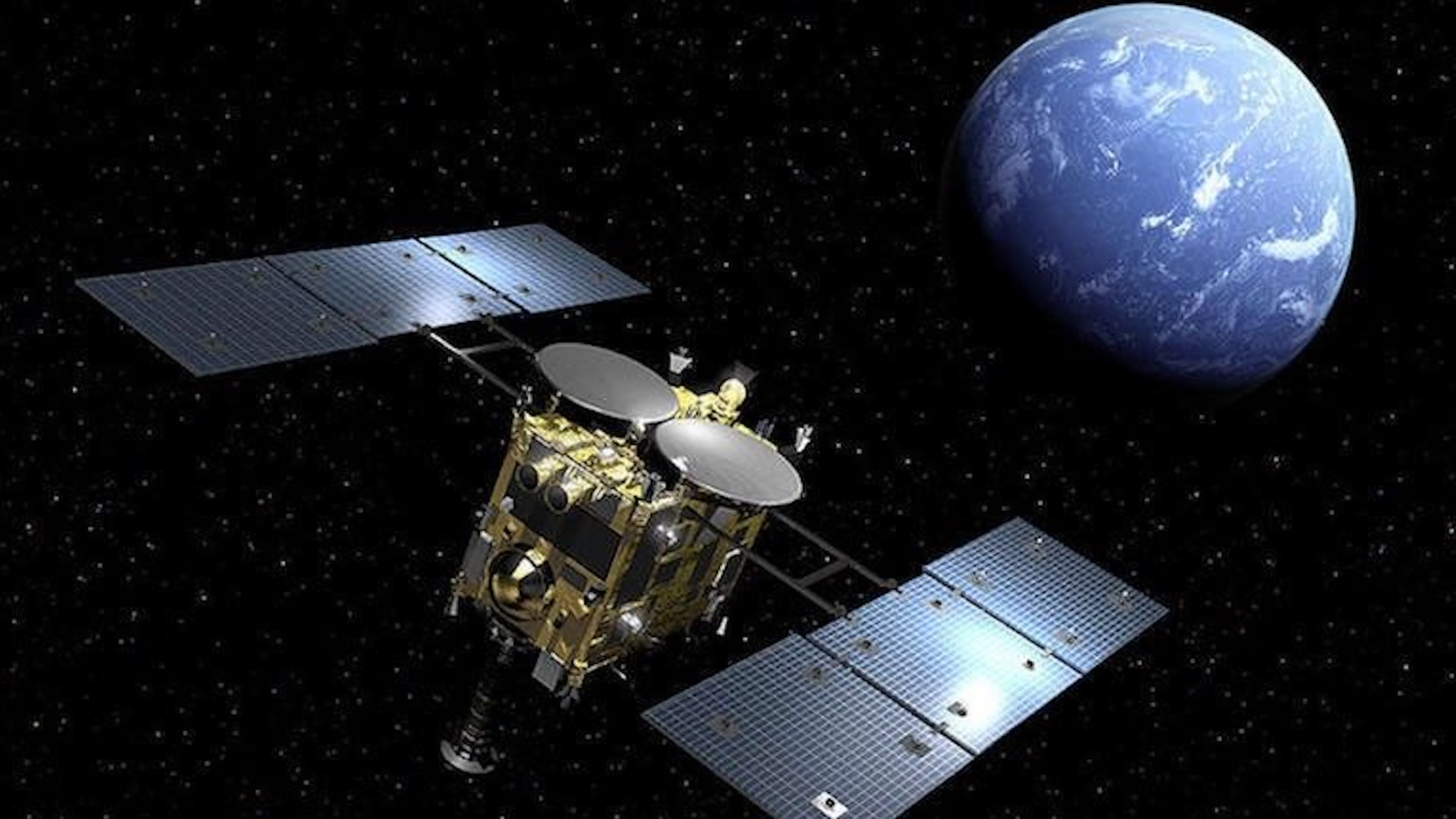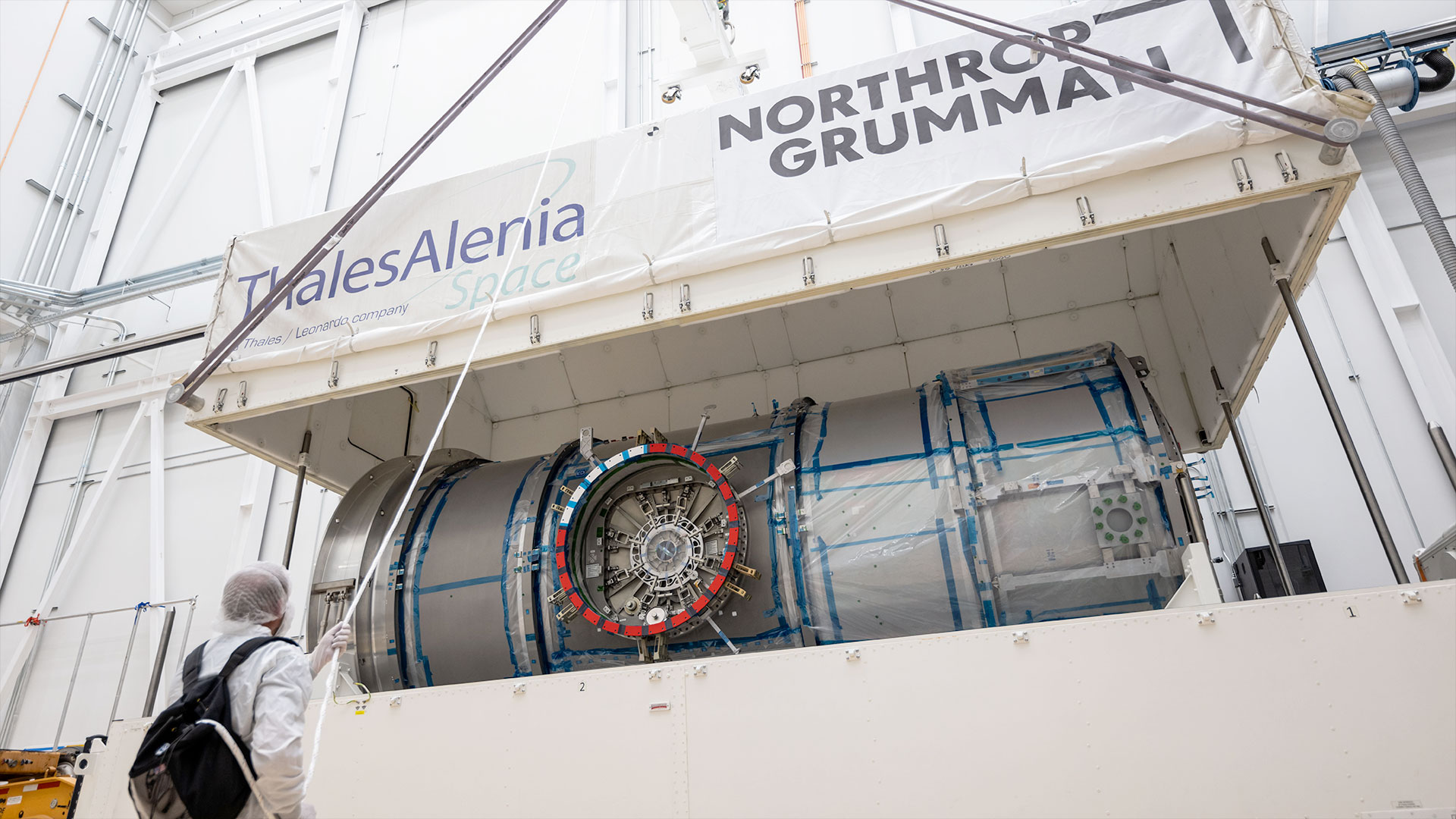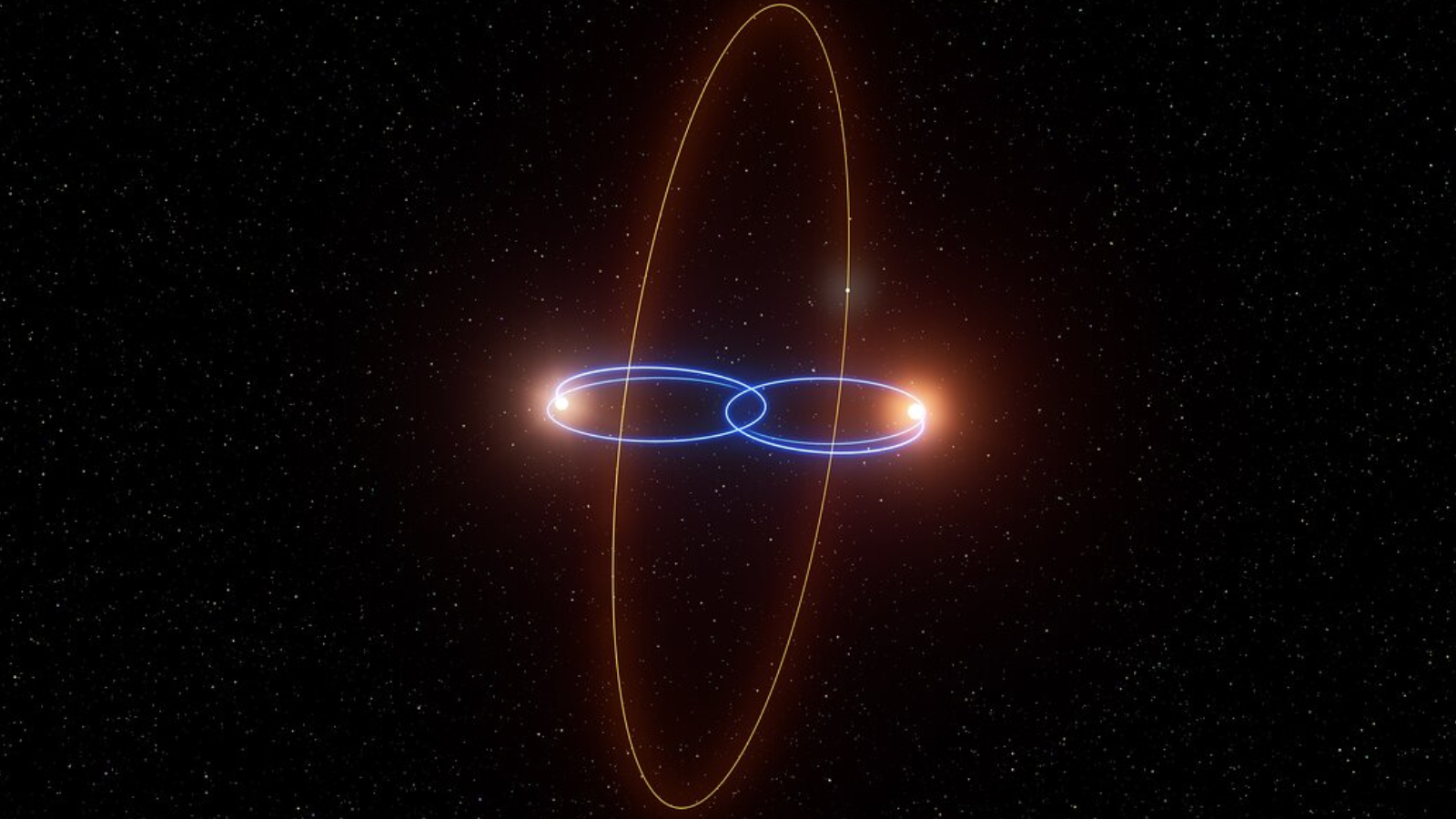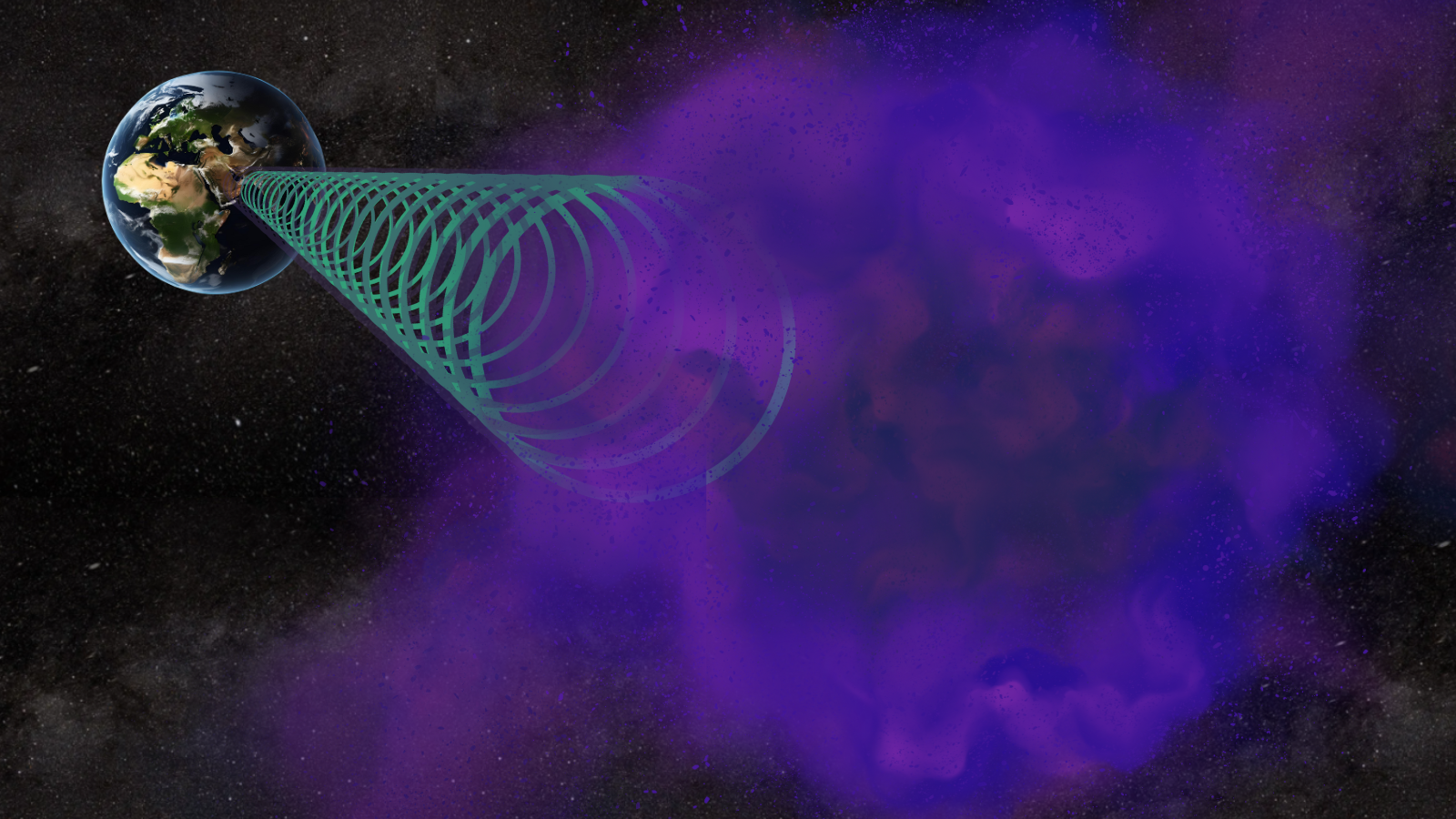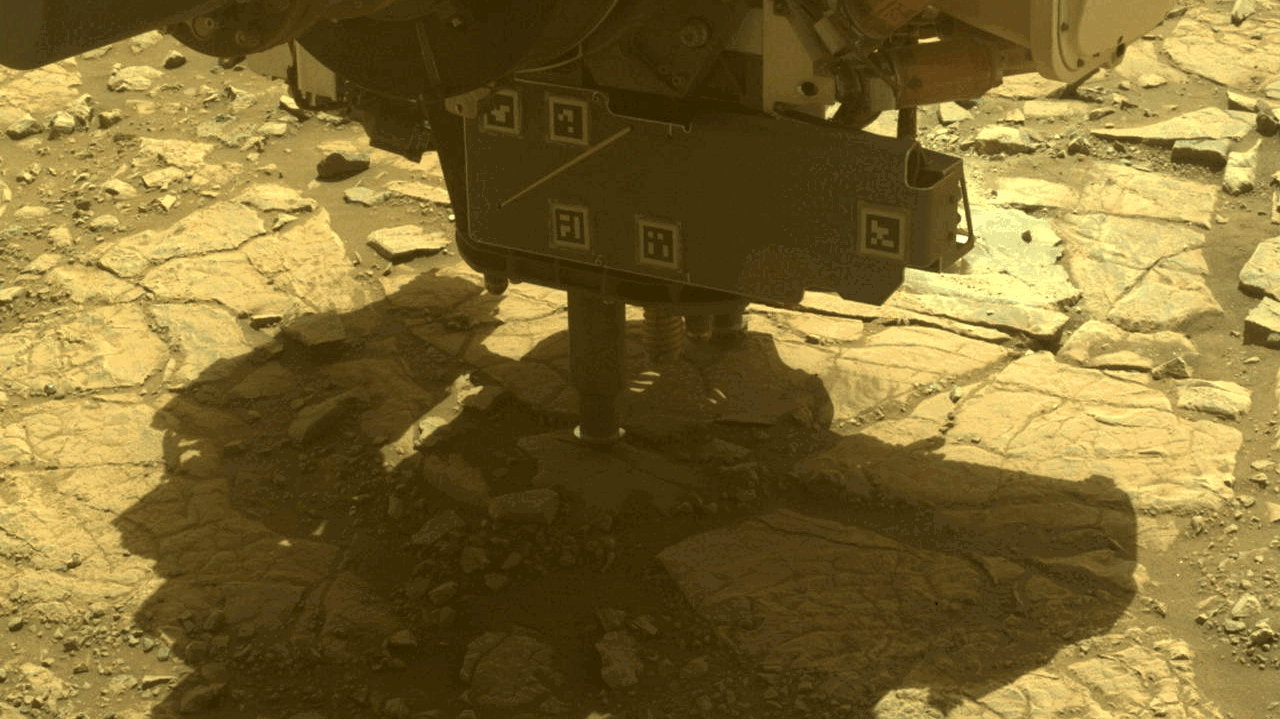AI-powered lasers could zap space debris away from collision courses
A network of space-based lasers could help nudge debris away from collision courses with the ISS, according to new research.

Low-Earth orbit is teeming with space junk. This increasingly cluttered area of space could benefit from a network of lasers that nudge objects at risk of colliding with satellites or spacecraft into safer orbits, according to new research.
While space debris has been a concern for decades, efforts to address this junk have only recently started receiving serious investment. The latest early-stage idea is to mount artificial intelligence-powered lasers on satellites or other dedicated platforms and have them monitor space debris objects. When an object is suspected to be on a collision course with a valuable space asset like the International Space Station (ISS) or a satellite, the lasers could, in theory, nudge that object into a safer orbit.
"Our goal is to develop a network of reconfigurable space-based lasers, along with a suite of algorithms," Hang Woon Lee, the director of Space Systems Operations Research Laboratory at West Virginia University who is leading the new project, said in a statement. "Those algorithms will be the enabling technology that make such a network possible and maximize its benefits."
Related: Orbiting debris trackers could be a game changer in space junk monitoring
NASA is funding Lee's idea with $200,000 across three years. Although the plan is still in its infancy, its ultimate goal is to develop a system capable of making real-time decisions about which space objects to target and to ensure the new orbits are actually safe from further collisions. Using multiple lasers is crucial to efficiently alter the object's trajectory "in a way that would be impossible with a single laser," Lee said in the same statement.
Measuring the amount of risk from space debris is quite difficult, as not every object in orbit is capable of being tracked. Humans have flown over 15,000 satellites since the 1950s, of which only about 4,000 are operational satellites, according to 2022 estimates. According to the European Space Agency (ESA), around 34,600 space debris fragments are currently tracked by radar systems on Earth, but another 130 million pieces could be in orbit that are too small to be accurately detected or tracked.
So unlike other space debris removal ideas, a coordinated network of lasers in space could be particularly useful in tackling a space object of any size, researchers say. In March, a NASA report found space-based lasers are advantageous compared to ground-based ones because they don't need to pass through Earth's atmosphere, which could deform the beams. Being in space, the beam can more easily pulse the target object into favored orbits, according to the report.
Get the Space.com Newsletter
Breaking space news, the latest updates on rocket launches, skywatching events and more!
Such AI-powered systems are also beneficial in terms of cost and could eventually be used to track space objects ahead of launches, for example. Last week, Amazon delayed the launch of its first two prototype internet satellites by six minutes to avoid colliding with a space object. Back in July, India had delayed launching its historic Chandrayaan-3 moon mission by three seconds for the same reason.
Join our Space Forums to keep talking space on the latest missions, night sky and more! And if you have a news tip, correction or comment, let us know at: community@space.com.

Sharmila Kuthunur is a Seattle-based science journalist focusing on astronomy and space exploration. Her work has also appeared in Scientific American, Astronomy and Live Science, among other publications. She has earned a master's degree in journalism from Northeastern University in Boston. Follow her on BlueSky @skuthunur.bsky.social
-
Classical Motion If they're using pulse as the article alludes to, wouldn't earth laser stations be in the wrong direction? Other than that, earth stations would have many advantages. There are certain frequency slots, that offer low impedance thru the atmosphere, in and around the visual range. A network of earth laser stations could be pulsed 24/7.....programed with targets as they pass by. And high powered.Reply
Has anyone checked if heating and ionizing a debris object would lower the orbit and at what rate it might fall? If you could temporarily "smoke" an object, charged it, wouldn't our M field slow it and bring it down? -
billslugg Lasers aimed from Earth could ablade the under surface of a piece of debris. This would raise the orbit, but not add any forward energy. Thus the orbit must be lowered somewhere else to compensate. With enough shots we might drop it back into the atmosphere. The problem is, when shooting enough power from Earth, the laser ionizes the air channel and loses quite a bit of energy. Shooting from space is much easier, no adaptive optics needed, no losses to the air.Reply
Hitting with a laser does not charge an object. Hitting with an electron beam would. Interaction with the Earth's magnetic field could be used to bring it down. Problem there is charge buildup on the satellite doing the shooting. But what we do there is get electrons by ionizing hydrogen. Then we save the protons and shoot them off in another direction, targetting another satellite. -
Classical Motion I had heard several years ago that had been solved with a laser inside a laser. The first laser's purpose to ionize the air. And supposedly, that ionized column behaves like a hole for a short period. This is when the second laser turns on......up thru that hole. Rinse and repeat. This was suppose to enable laser links with earth for high bandwidth. Or something like that. That was several years ago. A lot of this stuff might be classified now.......with the hyper missile program. And our inability to stop them.Reply
I would have thought that heating the object to the point of ionization would cast off electrons from object. Leaving a positively charged object. -
billslugg Yes, a first laser can ionize the air channel, then the second laser fires through the open channel, focused by the refractive index gradient. Problem is the enormous amount of power involved to ionize the channel. It is essentially a lightning strike, something that equals the entire power output of the US for about half a millisecond. Much more efficient in space.Reply
If a laser is aimed at the skin of a satellite, it will vaporize a thin layer at the surface, then it will ionize the gas into a cloud of charged particles, half positive, half negative, flying into space. The satellite would remain uncharged. -
HughL "AI-powered lasers "???Reply
Clearly the lasers are what moves the space junk, but the article makes no mention of either
1) where the power for the lasers comes from, clearly not "AI" = a style of computer algorithm
as one commentor mentioned, ground based lasers have a real power advantage.
2) What the real role of the "AI" is, the source didn't even use "AI", just "a suite of algorithms"
Please use fact/source based titles, & back that title with info from references, otherwise the post appears ignorant of science & engineering. -
merridew22 I feel like a space elevator would be a great structure to mount debris-targeting machine learning software lasers. Protects the (space) elevator from larger sized debris, and could be effective as more space elevators are installed, more bases = more coverage of Near-Earth-Orbit satellites that start to go astray.Reply
